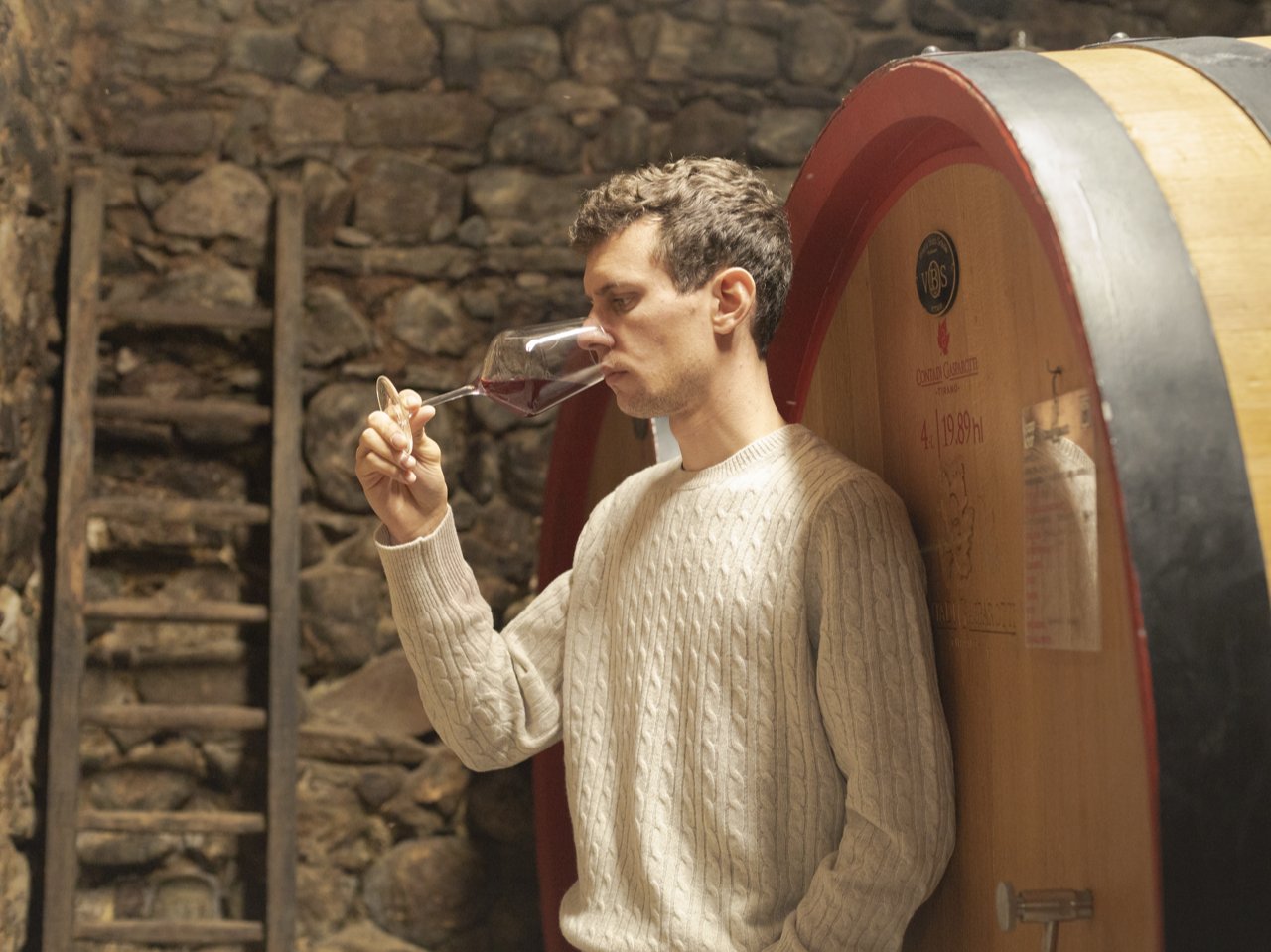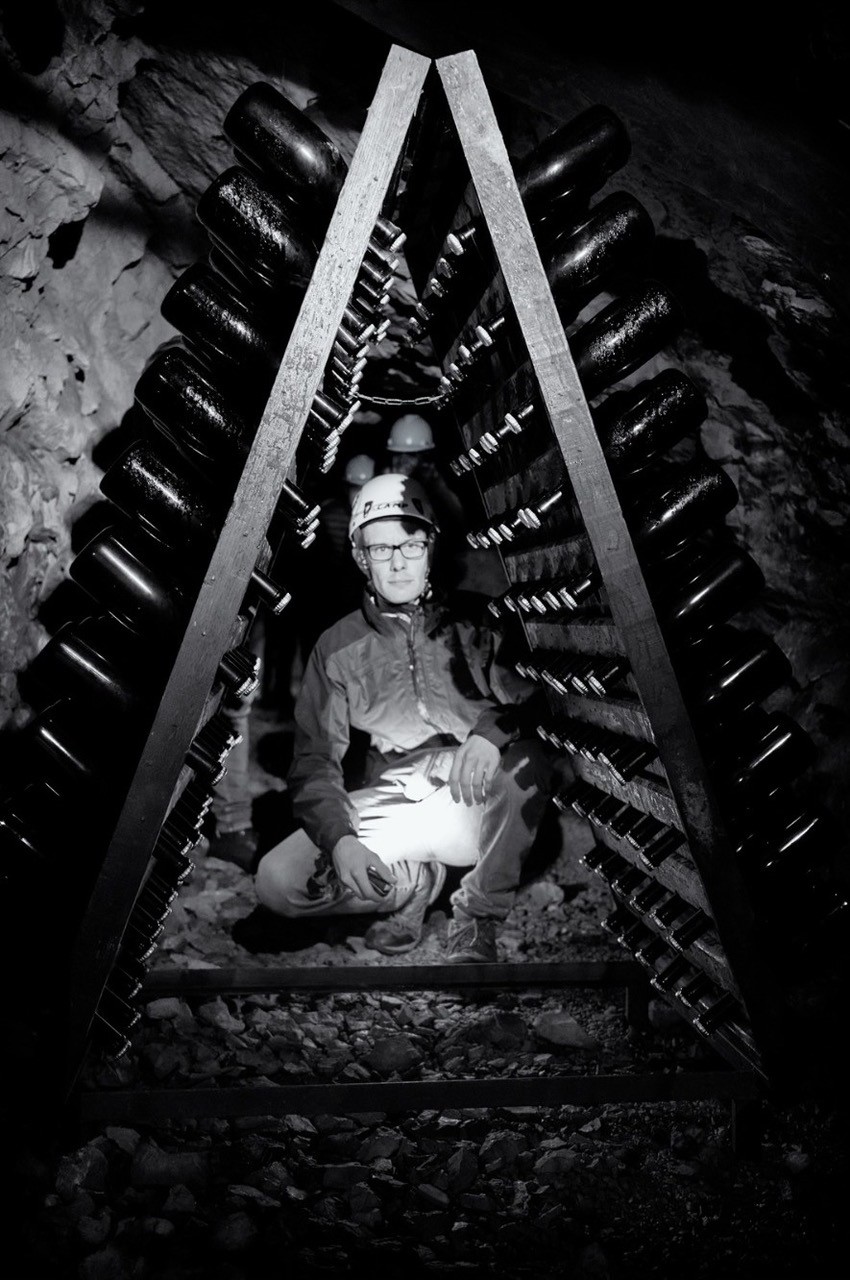The Wolf Post, supported by a Cultural Association, offers a professional service with free access, without subscription.
For this reason, a donation would also be a sign of appreciation for our work.
The oenologist is one of those professions whose work in detail is still little known to the average user. Fascinating figure for many, “mysterious” for some, in the collective imagination the winemaker “makes wine” but few know his “seasons” and how, in practice, this work is carried out, which increasingly attracts new generations.
Let’s find out how the days are marked in the various seasons with some leading Italian winemakers, like Gabriele Valota.

© Gabriele Valota Enologo
For non-experts, the oenologist would work mainly in the autumn and, sporadically, during the year. Those who work in the world of wine know that this is not the case. There are seasons that are more intense than others, but the winemaker, in addition to needing updates for his professional growth, works throughout the year to be then prepared for crucial periods. Let’s start from winter to get to spring: how does your work fit in these two seasons?
Of all the seasons, surely, winter is the least hectic one, which is why I find the time to devote myself more to professional updating.
In the winter period in the cellar, for most of the wines, we focus on monitoring the refinements, on the disgorging (for those who make sparkling wines with the classic method) and on the stabilization of all those wines that must be bottled in the spring.
Furthermore, collaborating with various wineries in Valtellina, I often have to monitor and follow the drying (which, in some cases, last until Epiphany) and the subsequent vinification of the grapes suitable for the production of Sforzato di Valtellina DOCG.
During the spring, however, the work returns to a more frenetic pace due to the numerous bottlings, without neglecting the tirages, a crucial moment for the refermentation of the classic method sparkling wine bases.
What pitfalls does summer reveal for an oenologist and what is the work to be done in this season, especially with climate change underway for some time?
During the summer we prepare for the harvest. The tanks for future vinification are freed and all the equipment that will be used during the harvest is revised and sanitized. Everything must be clean and in order because then the time to be able to do it with the necessary care is lacking.
Also in this period the harvests are planned, especially for wines suitable for the production of sparkling wines, with frequent sampling of the grapes in order to trace the so-called “ripening curves”.
Finally, autumn, harvest time and more. For wine lovers it is the wine season par excellence. Hard work for the winemaker that takes place before, during and after the harvest, even “behind the scenes”. How is the work scheduled this season?
The harvest is the most frantic hectic and delicate period of the year. Having defined the oenological objectives, agronomists and oenologists are confronted daily on the health status and the level of ripeness of the grapes. I am convinced that the correct choice of the harvest day affects 30% of the success of a wine.
My role, in this period, is generally to support wineries in coordinating and controlling the quality of the grapes. For each variety and vineyard, the times and methods of the mashing, vinification, fermentation and first post-fermentation refinement process are defined.








